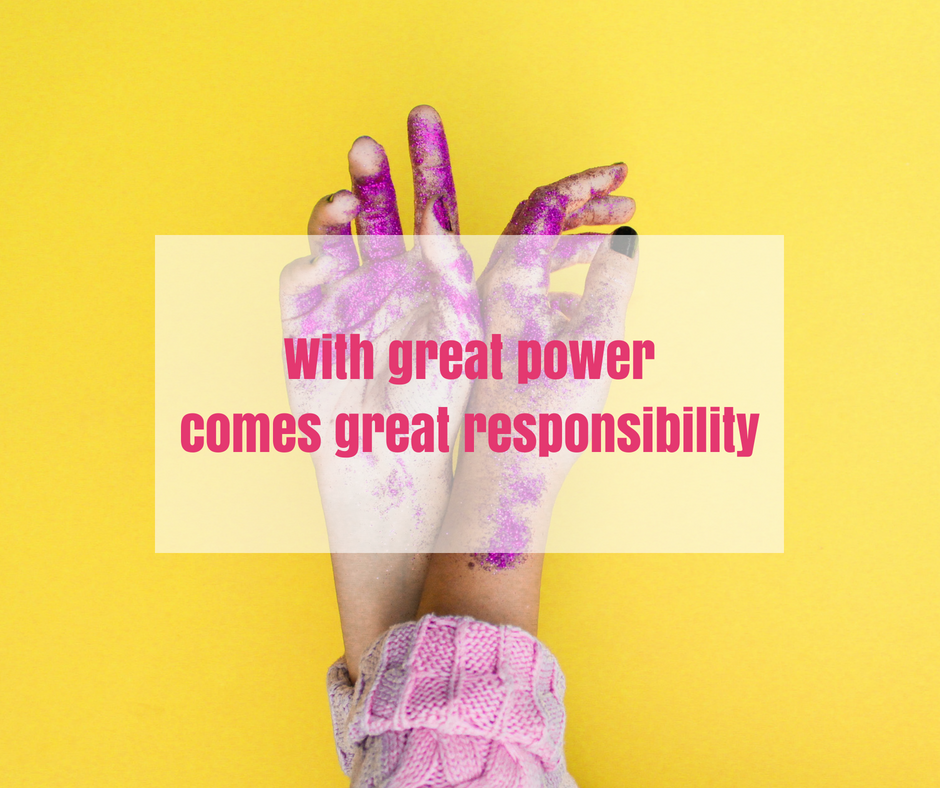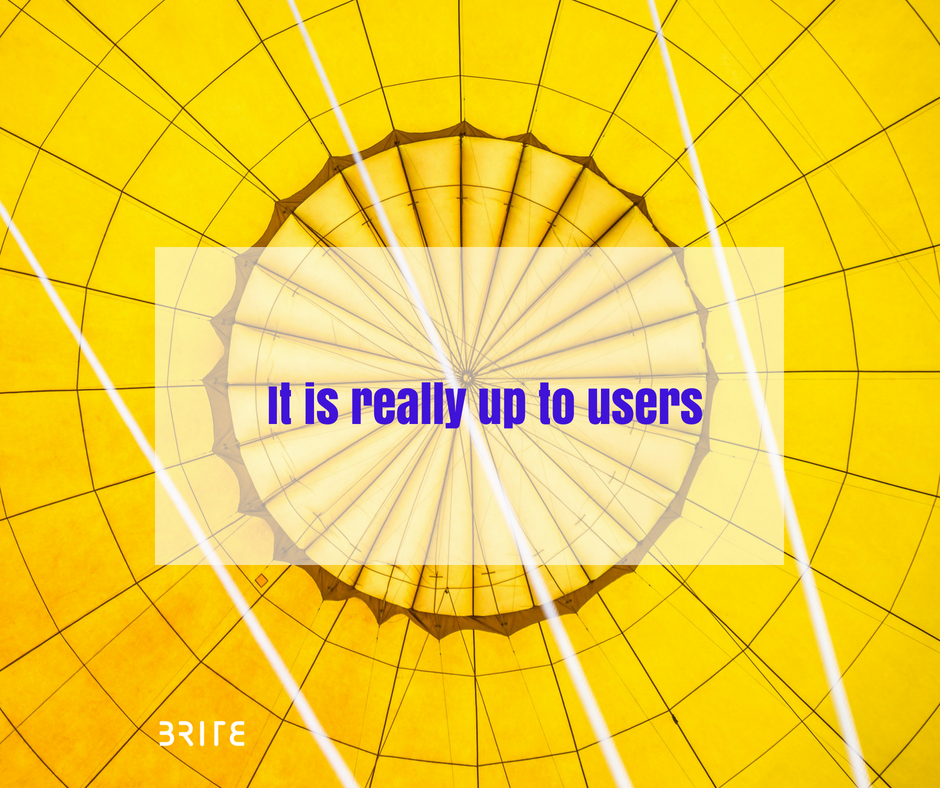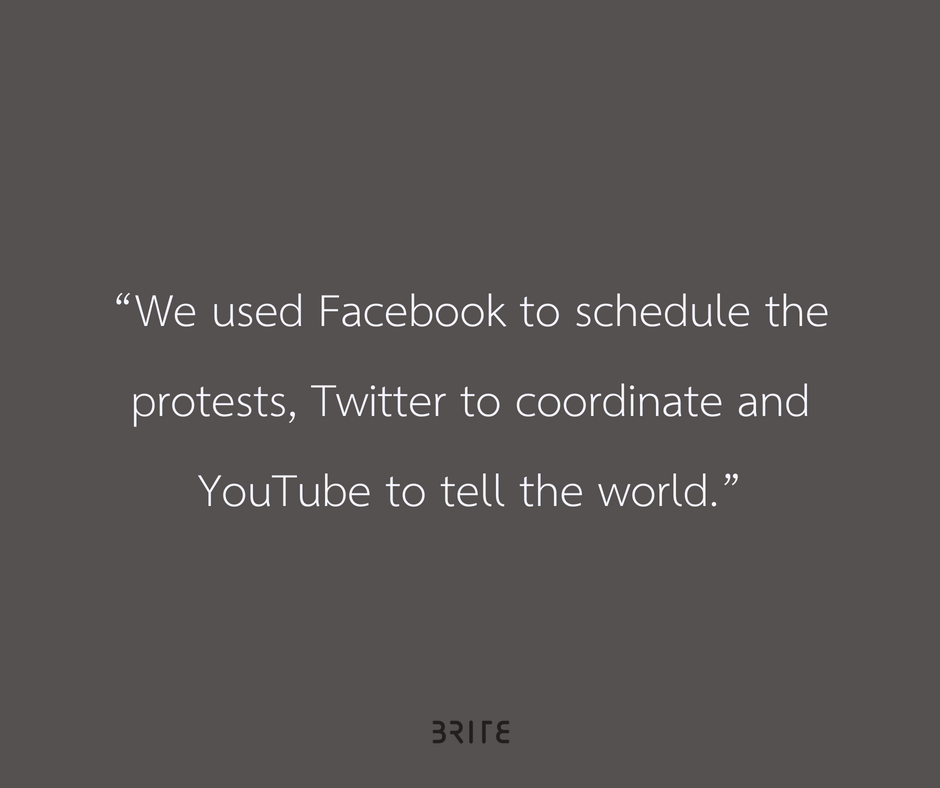Social media has changed the lives of everyone who uses it, and depending on how individuals approach the prevailing social media platforms, it can be a very empowering tool. But as the saying goes, with great power comes great responsibility.
Yes, social media facilitates effortless communication, instantaneous information sharing, and smooth networking; but it’s become pretty clear that these benefits are not without their drawbacks. Access to effortless communication seems to be impacting negatively on our desire to put any effort into traditional modes of communication; information sharing has quickly turned into misinforming and misleading each other; and the power of networks has become somewhat diluted by our tendency to fill them with people we don’t really know or interact with.
In this sense, social media is the ultimate double-edged sword, and it is really up to users to ensure that the benefits ultimately outweigh the drawbacks. Why? Because social media is here to stay – it is such an integral part of our personal and professional lives that it’s hard to imagine it ever fading away, at least for the foreseeable future.
At Brite, we try to focus on the ways in which social media can have a positive impact on the world, and partner with businesses and organizations engaged in doing good things for societies around the globe. With this in mind, here are two considerations on the topic of social media as a force for good.
Communication and Information Sharing
Social media isn’t all about communicating with the people you already know using different platforms, it’s also about discovering and sharing new ideas with people you may never meet. This could happen within communities or across the globe. As such, social media is a space where ideas can encourage dialogue, and dialogue can lead to action.
Moreover, as the World Bank points out, social media has the potential to rival mainstream media in giving voice to people on their own terms, granting visibility to their experiences, providing a venue for discussion, and serving as a platform for action. The Arab Spring is probably the best-known example of using social media to share ideas that inspire action. One Egyptian protester put it best, saying, “We used Facebook to schedule the protests, Twitter to coordinate and YouTube to tell the world.”
Inspiring collective action in the name of social justice and holding governments accountable to their actions is huge for something that can also be used for sharing cute cat videos and arguing about whether a dress is gold or blue.
And there are endless big ideas being discussed on social media. Have you heard of the Great Pacific garbage patch? I hadn’t, until one of my friends shared a video of it on Facebook and subsequently had me taking stock of the way I use and discard of plastic in my day-to-day life. Social media also made me realize that I can donate 2% of my annual income tax to a local organization of my choice, which turned out to be SOS Children’s Villages.
It’s important that big ideas eventually migrate from social media to the real world, and clicking ‘like’ doesn’t necessarily mean you’re contributing anything to a cause. Still, the more we discover, the more we talk; and the more we talk, the more governments and businesses listen. If the world succeeds in addressing climate change and making things right between humanity and the natural environment, social media will indeed be regarded as a major factor in putting this issue on the global agenda.
Power of the People and a Push for Transparency
In their list of the six ways social media is changing the world, the World Economic Forum points out that social media has become an essential component to any business strategy.
It’s true; businesses are going digital and need to showcase their brand and personality on social media. By doing so, companies are putting themselves in a position where they have to answer directly to customers. This ultimately gives customers more power while forcing companies to better respond to customer needs and conduct business with more transparency than ever.
And as it turns out, transparency is good for business. In her article treating this topic, Kira Karapetian refers to a study where 94% of respondents are likely to be loyal to a brand that offers complete transparency. She goes on to point out that, “trust is the new currency of brand loyalty.” So if social media puts businesses in a position where they feel they should be more transparent, that means these platforms are having a positive impact on the way we do business.
Transparency often reveals that a company is somehow contributing to our collective well-being, be it through Corporate Social Responsibility initiatives, taking steps towards becoming more sustainable, or giving directly to those in need, like the now infamous one-for-one business model we’ve touched on in the past. This is also good for business; as one study pointed out, 75% of consumers are more likely to buy a product or service if the company is making an effort to be sustainable.
In fact, millennials have come to expect more and more from brands, and qualities like trustworthiness, focusing on health and wellness, being environmentally conscious, giving back to the community and a general commitment to social values all impact on the consumer decisions millennials make.
If social media can help millennials make these decisions then the companies that put these characteristics into practice will no doubt rise to the top. And for the record, these are all positive characteristics!
Social media isn’t going anywhere in the near future, so let’s make the most of it as a tool for good and as users, confront and correct the ways in which it is being misused. One thing we can all do is keep engaging in important dialogues on social media and contributing our knowledge and ideas to encourage accountability and transparency in every part of our societies.





